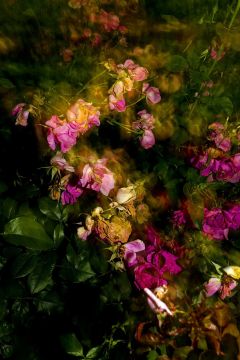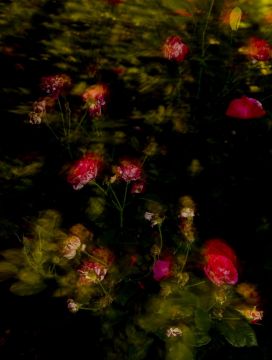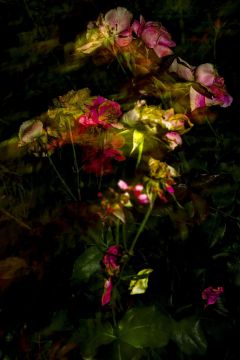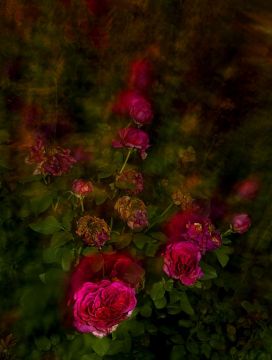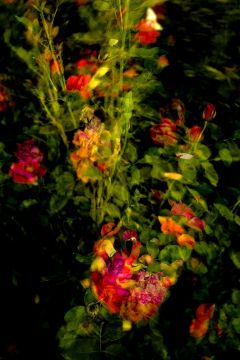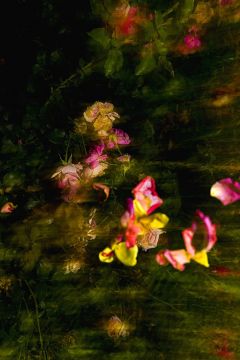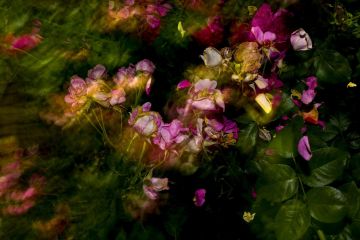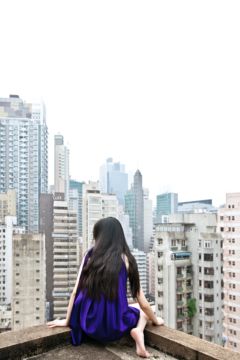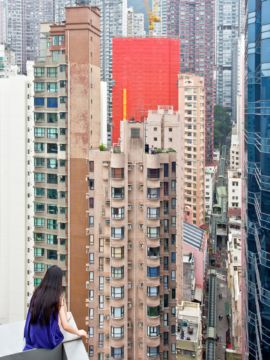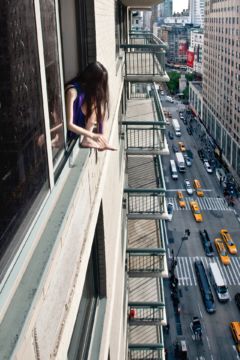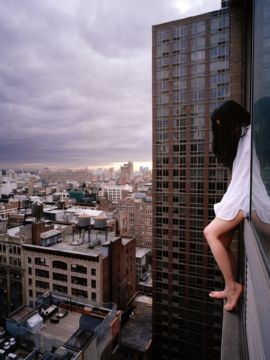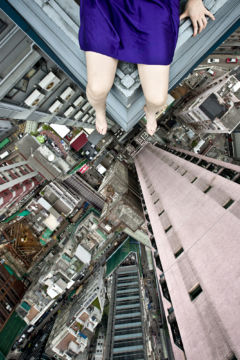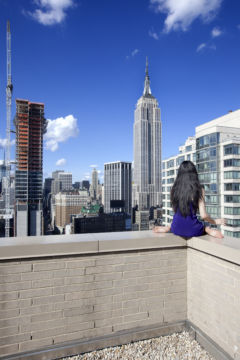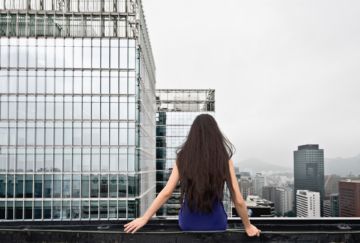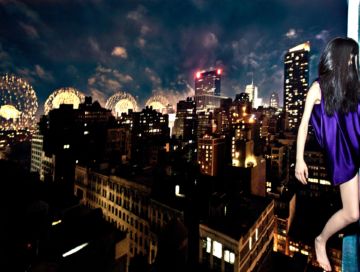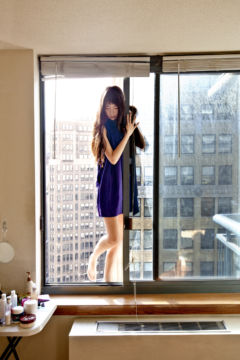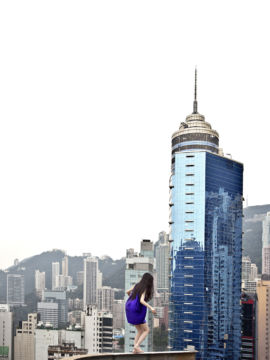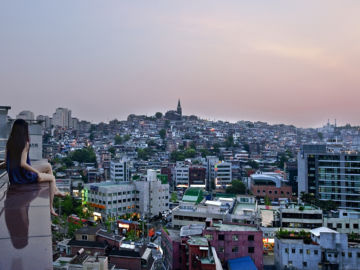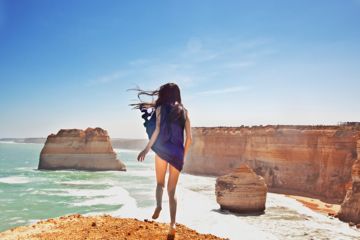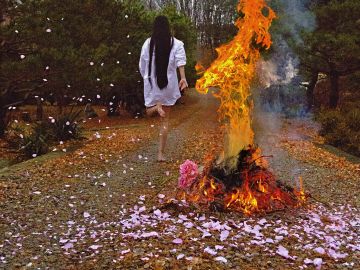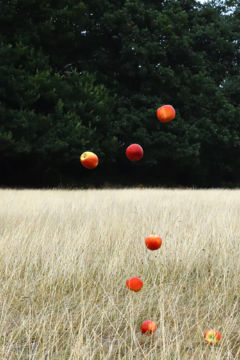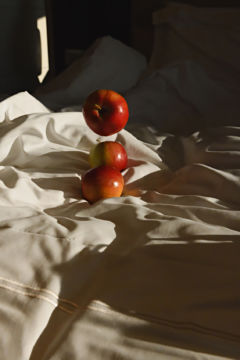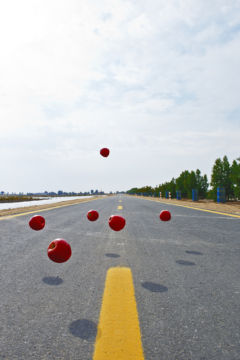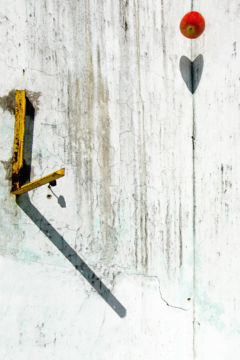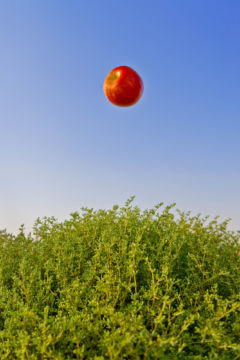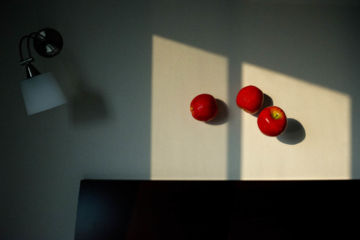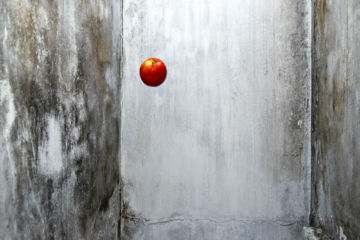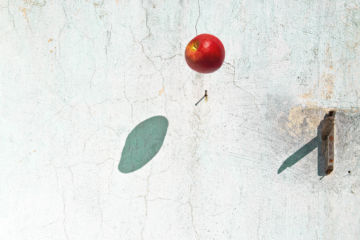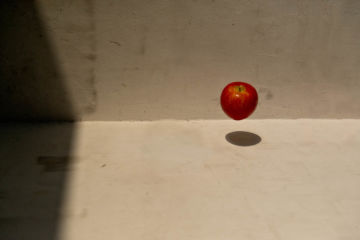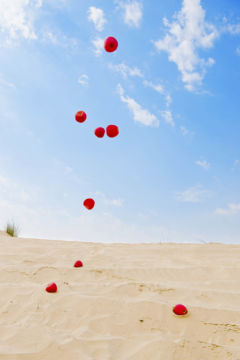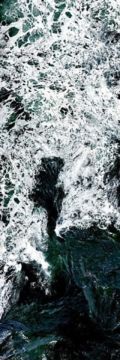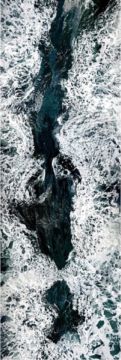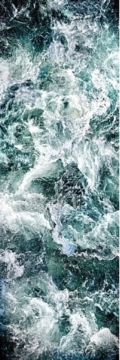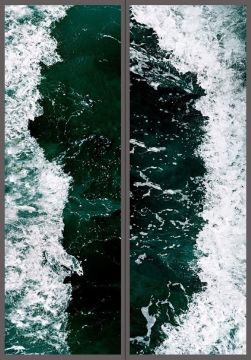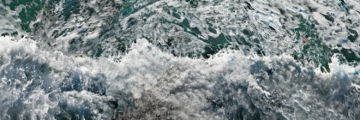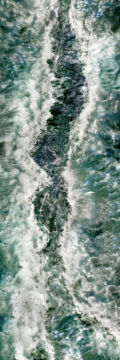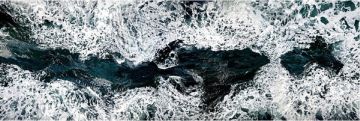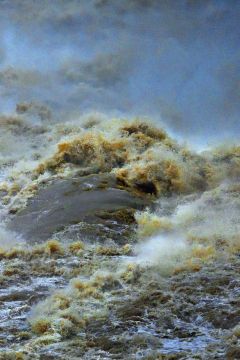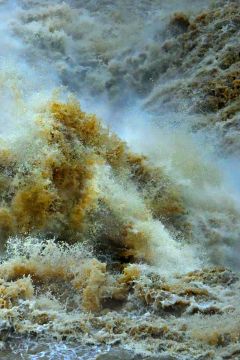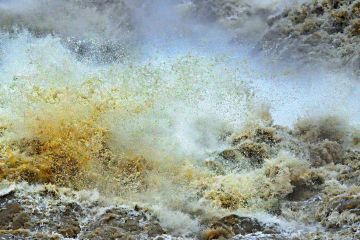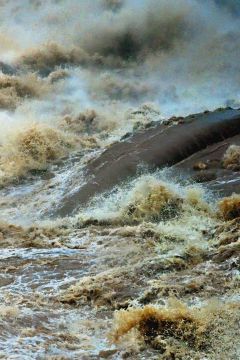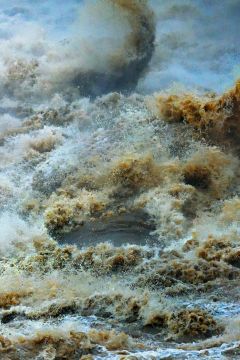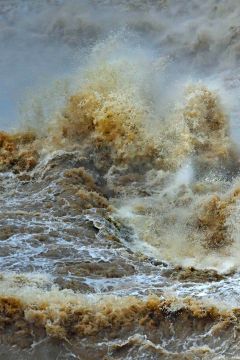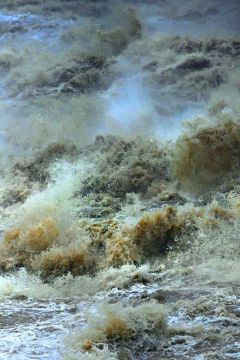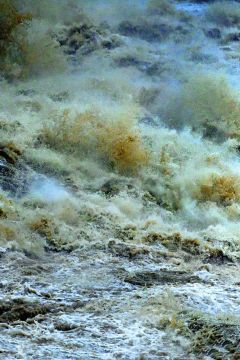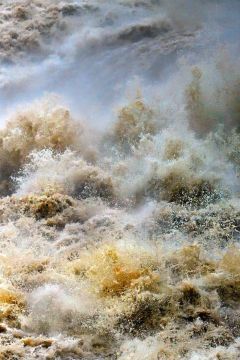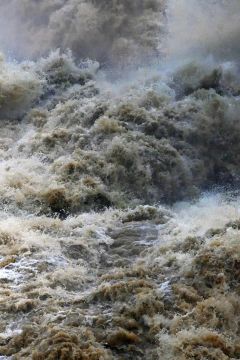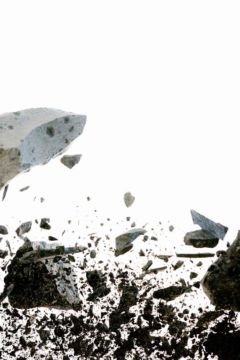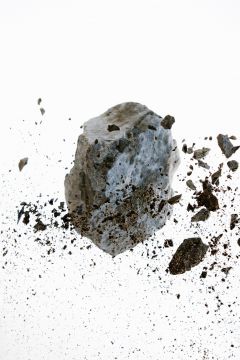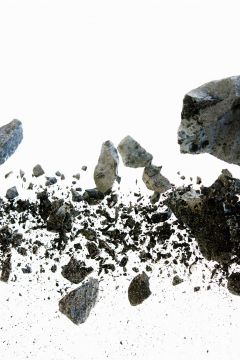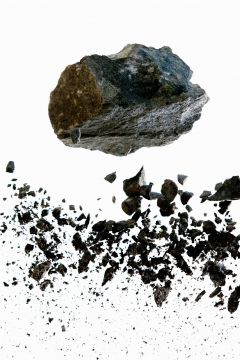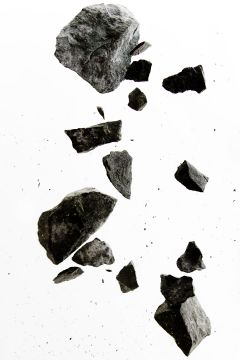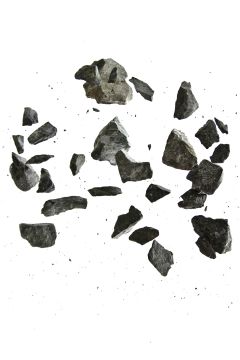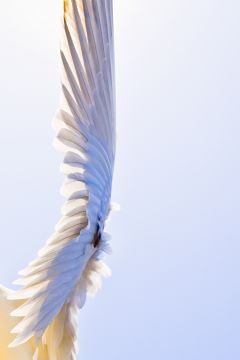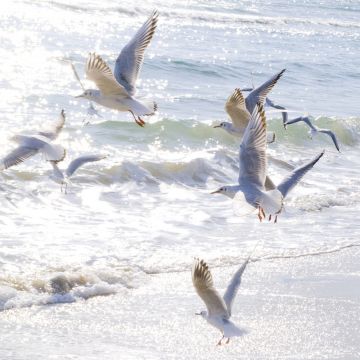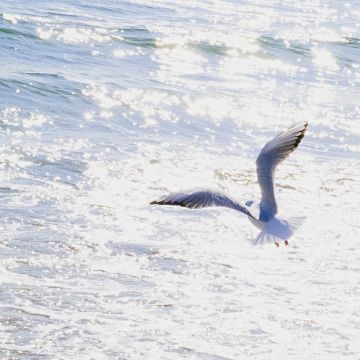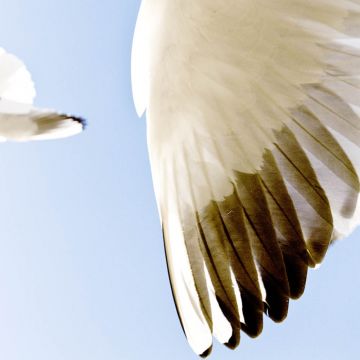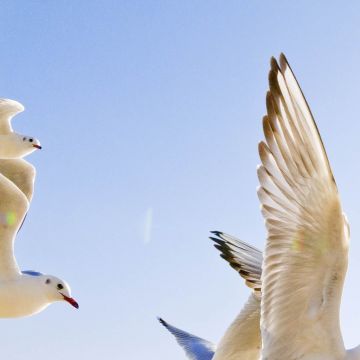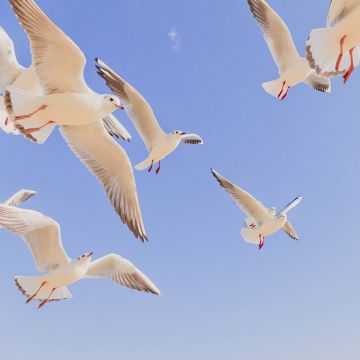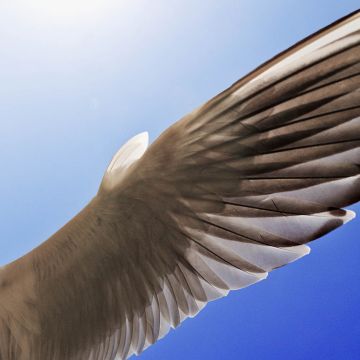Learning To Live
“and the one who is afraid of dying, never learns to live.”
– Amanda Mcbroom
'The project entitled Learning To Live is my response, and reinterpretation of a song from my childhood memory called 'The Rose' by Bette Midler. Since the late 80’s, precisely after the Seoul Olympic on 1988, every citizen eligible to obtain passport, and some of them started to travel outside of the country. For that reason, there were many options to study the English language. Learning English through pop-songs was one of those. Even though I was living in Seoul and I did not speak English at all, I heard that song and the translation of the lyrics because my mother listened to the cassette tape on her way to work and on her way to back home after she picked me up from school. During my early years of elementary school, the lyrics were scary for me. It seemed to be about love and life. I did not know what is love was, so I didn’t really care about that part, but there was a quite depressing part about life for me as a child; “and the one who is afraid of dying, never learns to live.” That sounded to me like ‘you won’t be able to learn how to live forever and ever.’ How can a human being not fear death? I remembered this song during two years when I kept on hearing news about people who lost someone. It made me look at the rose garden more carefully. Before I really observed the rose, I thought of the rose as a flower that fades away very slowly. But I realised that roses do not last longer, some parts that start to bloom while the other ones are dying – coexisting together with one root; unlike flowers like cherry blossom, just like our life does. Hence, on this project I tried to investigate the beauty of the roses, without cutting them, rearranging them, or nipping off withered leaves; just as they are in the middle of their lives. Now I know that life and its end is not a matter of ‘being afraid,’ it is something that we all have to inevitably accept. But sometimes, I don’t know how to do it since I am still learning to live.' – Ahn Jun
Self-Portrait
‘My Self-Portrait is a kind of performance without an audience, only to be photographed since it is a portrait of my desire rather than the reality. There is a day I recall from my teenage years. I was sitting on the edge of the window in my apartment in New York, looking over the cityscape. I was thinking about how my youth was coming to an end, being unable to figure out my future. I looked down and saw the empty space, the void. There was a sudden change in my perspective on life and death, of present and future. The vision of the cityscape I was witnessing was not ‘real’ anymore. I felt the illusion of beautiful buildings was like the future or the unreachable ideals that still surround us somehow. The empty space was the present for me. I took a picture of my feet. That was the start of my project.’ – Jun Ahn
For Jun Ahn the world is where illusion and reality constantly meet and collide, and photography is just the right technique to capture it, bringing illusion to reality as it is. Her works describe our everyday life as situated on the border between these two different yet also interrelated concepts. That is why her body and view dangerously stand on the edge. She hones the knife of nervousness, of the moment.
One Life/Gravity
Jun Ahn’s photographs from the series ‘One Life’ were taken between 2013 and 2018 in Seoul, Japan, Turkey, the United Arab Emirates, Ireland and other regions of the world. In her works, Ahn captures apple suspended in mid-air, using a high shutter-speed. During the editing process, Ahn selected images which suggest the apples simply float in air, as if revolting against both gravity and fate itself, and thereby tries to expose the transcendence of moments from which all context had been stripped. The artist gives shape to a peculiar metaphor of her view on life and death (life as process towards death) which had developed in her following the death of her grandfather. ‘How do I visualize life and death and place it before the viewer? An understanding of life does not help soothe our inherent fear; but this in turn is what lends moments born as an interplay of chance and inevitability their special beauty.’ – Jun Ahn
Invisible Scape
‘Invisible Seascape (2010-)’ is digitally combined nature based of high speed photographic image of the wave. It occurred to me due to the desire to see my footstep. I ride a ship, and make high speed image of the wave that is created by a ship while I was standing on the same spot. Then I make digital collage of the particles of time and reconstruct them as an abstract landscape. Hence it appears as an image of a seascape, but it is a seascape that cannot be found anywhere in nature.’ – Jun Ahn
The Tempest
Float
‘At a land fill construction site on the beach of Yeosu, the stones constantly rained down from the conveyer belt as if they were black curtains making loudly clanging noise. Curious to see how they look like when they fall, I shoot them in fast shutter speed and the phenomenon only stopped its motion when the speed went up to 1/8000s. When the act of falling was overturned to look like it is floating, there was the universe I had sensed when I read Carl Sagan in my youth. The scene was nonexistent as it is invisible unless I bring it to existence by capturing it on camera just like our lives gazed at from somewhere across the far away universe. Since then started my yearly project of Float, where I make tens of thousands shots of the falling stones in high frame rate then select and print 10~15 images revealing the hidden beauty found outside the recognizable boundaries as it only appears in the moment when the chance of the falling phenomenon and the inevitability contained in the intentional act of shooting intersect with each other. Every moment and every phenomenon shuttle endlessly between ‘existence’ and ‘absence’. The momentary space and silence in between, the unshaken face of phenomenon transcending the falling fate and time that's visible only to the eye of the camera. The present of certain life and phenomenon is above and beyond in such ways when it is placed outside the context. Things forming us, forming those surrounding us are the mysterious universe and countless dreams, and the time of the same moments gather together to compose our lives. In this way, our lives drift somewhere in the cosmic time and space.’ – Jun Ahn
